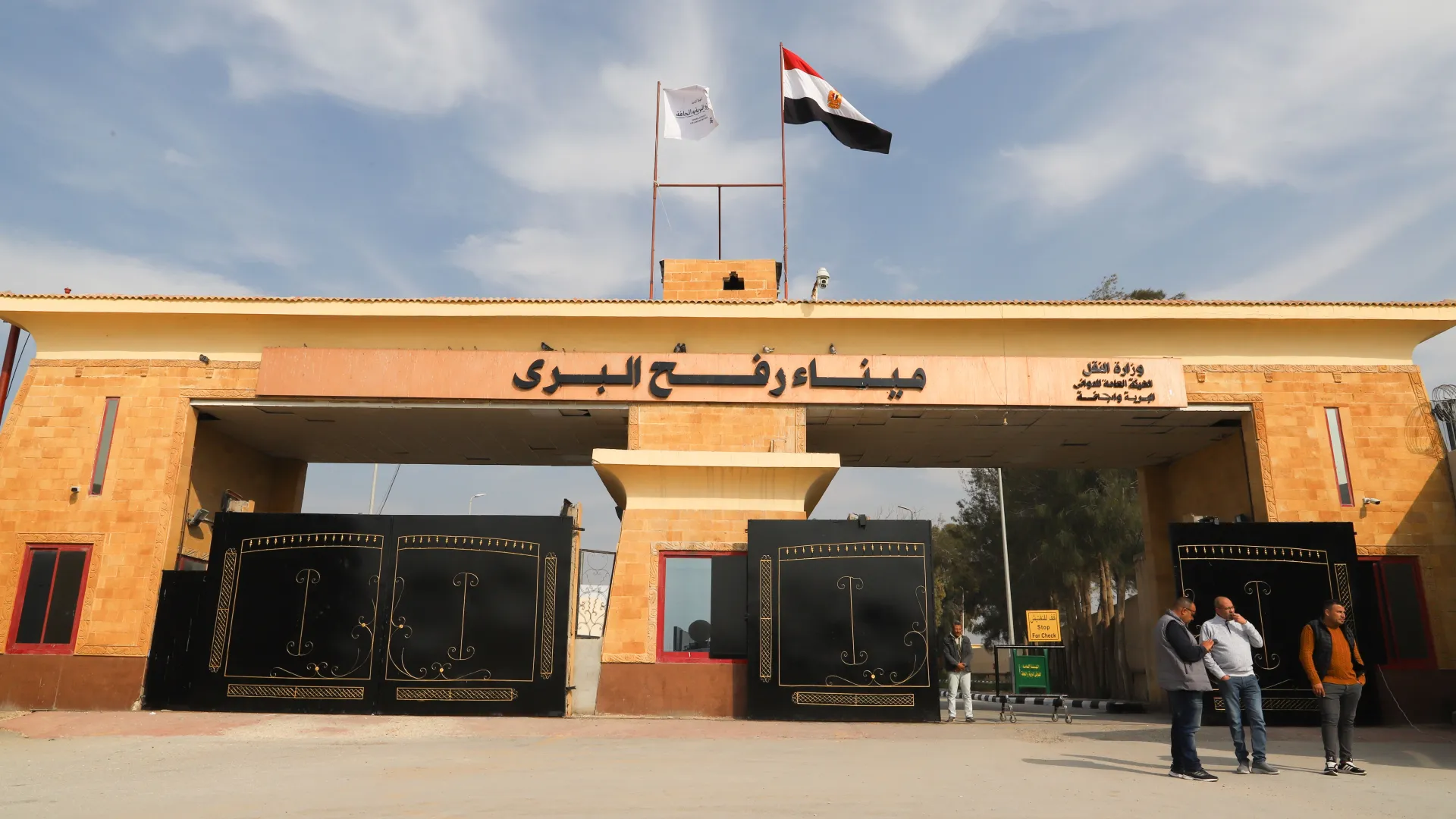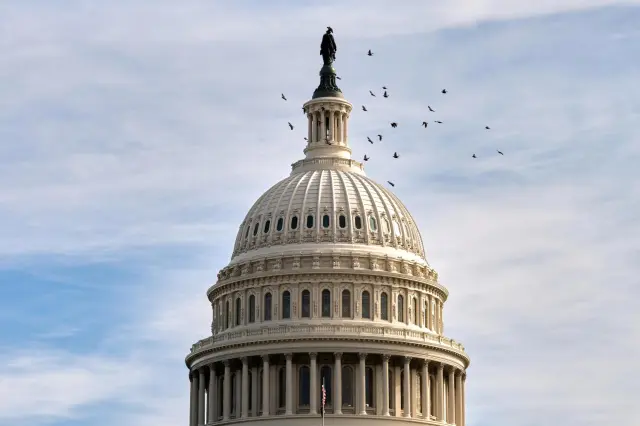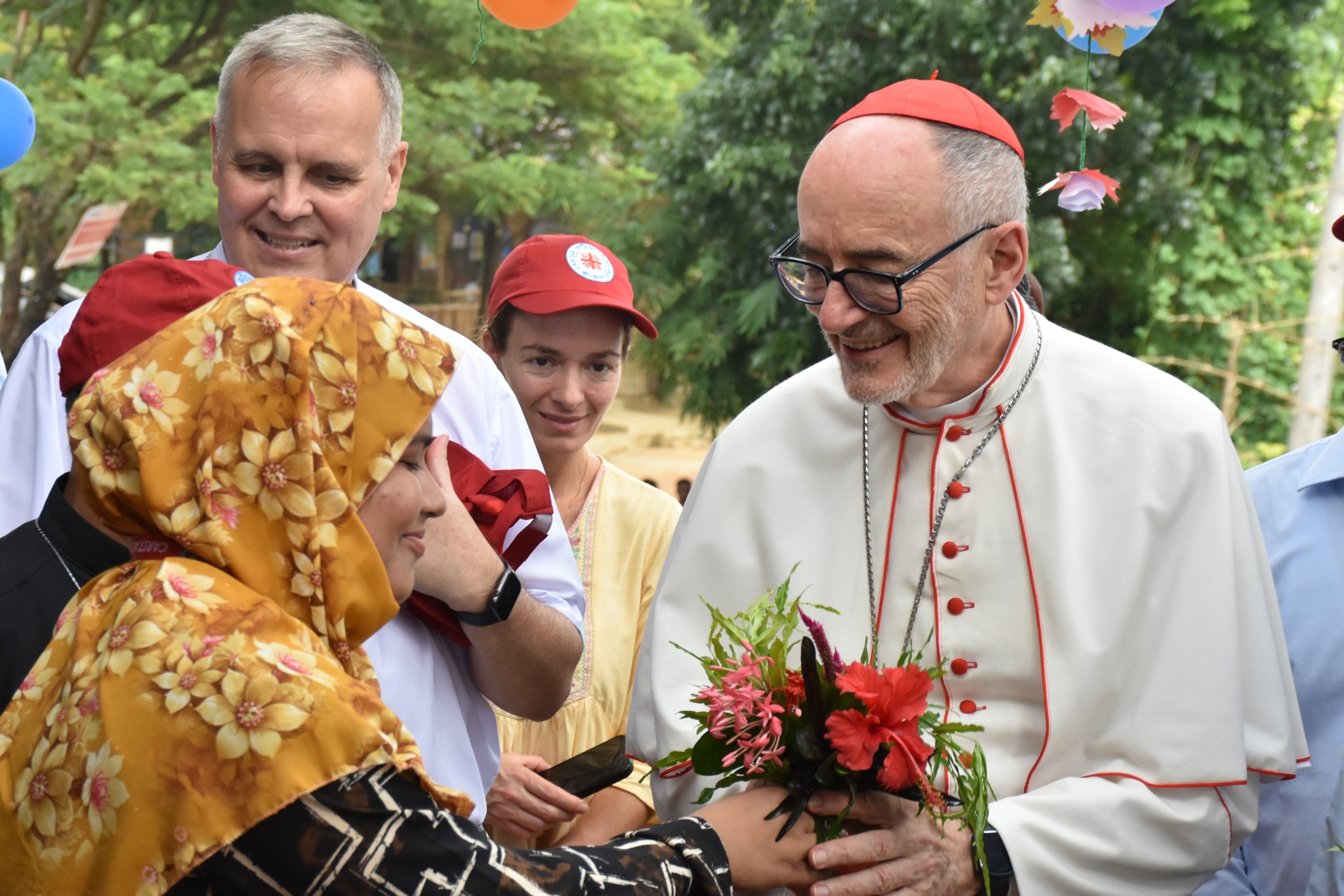Rafah reopening talks inch forward as Israel, Egypt coordinate under fragile truce

Border logistics, politics and aid flows
Israel and Egypt are laying the groundwork to reopen the Rafah crossing for people while keeping aid channels centered elsewhere, according to Israel’s liaison agency COGAT. Officials say technical teams are mapping passport control, security lanes and medical triage so evacuations and returns can restart in phases. Cairo wants clear guarantees on screening, liability, and who commands the perimeter on the Gazan side. Jerusalem is signaling that humanitarian convoys will continue to move mainly through Kerem Shalom and other points, arguing Rafah was never the primary freight artery. The choreography reflects a delicate moment: the truce is holding but contested narratives over prisoner exchanges, casualty identifications, and ceasefire violations keep the temperature high. Any Rafah plan must work even if talks sour again.
What changes for civilians—and for the region
For Palestinians stranded abroad or displaced families trying to reunite, a partially reopened Rafah could unlock critical mobility—medical referrals, student travel, and family reunification. Yet capacity will be tight and documentation hurdles steep. Regional stakes also loom large. Egypt is wary of a de facto refugee spillover; Israel wants inspection protocols that prevent militants or contraband from riding civilian flows. Aid groups urge a parallel track: restore predictable, large-volume aid corridors, publish crossing schedules in advance, and ensure ambulances and high-risk patients get priority slots. Diplomats say success will be measured not by political declarations but by the daily tally of people cleared safely and the absence of violent incidents. The next few days will test whether coordination beats brinkmanship—and whether a civilian gateway can operate without being consumed by the broader conflict.


















